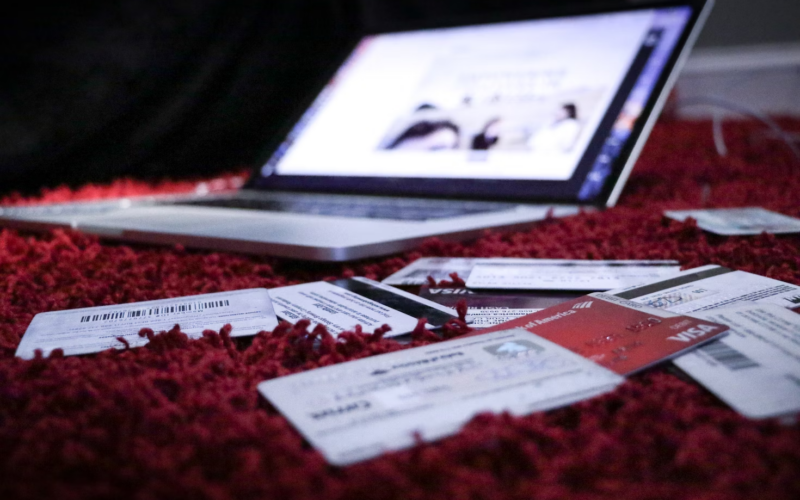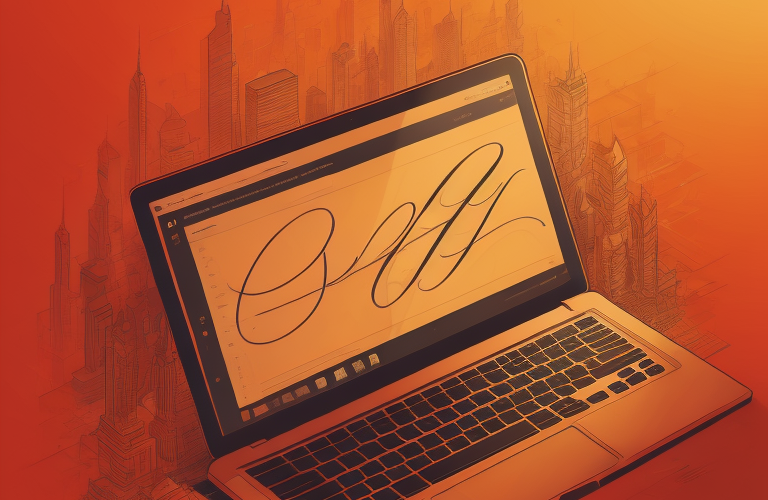A 2021 study showed that the average credit score in the United States increased to 714, four points higher than the previous year. This average has steadily increased and may increase more in the coming years. This data suggests that while people are willing to take out loans, they’re also more likely to repay on time.
However, just because the average credit score consistently improves doesn’t mean everyone can sustain them. Maintaining good credit is challenging for some due to poor financial behaviors like impulse buying, late payments, and taking out more loans.
Maintaining good credit involves credit monitoring. There are many online credit monitoring tools available to track your credit score. But how do they work, and how should you use them?
Understanding Credit Monitoring Tools and Their Functions
Credit monitoring tools track credit scores or reports, but most include both. When you use one, it will alert you of any changes in your credit history. You can use it even if you don’t have credit cards.
Your credit monitoring tool should track your credit history from the three authorized credit bureaus: Equifax, Experian, and TransUnion. Each bureau has its own scoring model based on VantageScore and FICO. These are the credit scores most banks, lenders, and credit unions evaluate.
Here’s how a credit monitoring tool works:
- Sign up for the service by entering your basic personal information (e.g., name and Social Security number)
- After the account setup, the tool starts flagging significant information in your credit report. Some tools will provide steps for improving your score if it’s low
- Review the flagged information to verify if it’s correct. If not, go to credit repair. This feature lets you dispute inaccurate information by submitting a report
- The service notifies you whenever something changes in your credit history. It also alerts you if your credit score increases or decreases. Repeat step three to ensure accurate records
Why should you use a credit monitoring tool?
Everyone who is managing income and taking loans needs a credit monitoring tool. Here are the reasons to sign up and use a service:
Receive real-time alerts about your credit score changes
Some changes on your credit report could indicate cash or loan influxes. A credit monitoring tool tracks these changes to help you understand how they impact your credit score. With remote access, you’ll also receive real-time updates with an internet connection.
For example, the tool will record if you consistently repay debts. Your consistency generally makes up 35 percent of your credit score. When you know your score has decreased, you can take immediate action to improve it.
Payments past your due dates can cause your score to drop significantly. If you struggle with debt, a credit monitoring tool also helps you know when to consolidate credit card debt to streamline your repayments and potentially reduce interest rates.
Early detection of cyberattacks
Identity theft can damage your credit score. When a criminal takes out a hefty loan under your name, lenders might still hold you liable, and your credit score will take a significant hit. A credit monitoring tool helps you avoid this situation by detecting cyberattacks.
Suppose you notice a newly opened account in your credit report. However, you didn’t open a new one. This could mean that your bank or credit card has been compromised.
With a credit monitoring tool, you can immediately report this issue to your bank or credit card provider. This way, they can help you take the necessary steps to secure your accounts.
Moreover, some credit monitoring tools provide a credit lock feature. It lets you lock your reports whenever not in use.
Access to the three major credit bureaus
Some lenders, banks, and credit unions run their credit checks with the three credit bureaus, but some don’t. If yours doesn’t, you should use a credit monitoring tool.
A credit monitoring tool with access to the three credit bureaus can provide triple-bureau protection. It also includes the following:
- All open loans and accounts
- How much debt you owe to each open account or loan
- Comprehensive payment history
- Bankruptcy filings
Image by Towfiqu Barbhuiya on Unsplash
Things To Remember When Using a Credit Monitoring Tool
Like other digital service solutions, credit monitoring tools come with potential risks. Here are the significant considerations when using one:
Be mindful of free credit monitoring tools
Credit monitoring tools with premium access to comprehensive credit reports are paid. A free solution is ideal if you can’t pay monthly premiums.
However, free credit monitoring services have limited features. Most of these solutions can only show one credit score, which doesn’t provide a thorough overview of your credit health. They also often have fewer protections and security features.
Using a free credit monitoring tool is generally harmless. You can make the most of it by combining it with other monitoring services. Just don’t be too confident about its security and accuracy.
Not all negative changes are mistakes or fraudulent
While credit monitoring tools aim to detect fraud, this doesn’t mean that all negative changes are errors and scams. For instance, missing a loan payment for more than 30 days is included in your credit report. This is legitimate information reported to the credit bureaus.
Never assume that your credit monitoring tool will clear negative items like that. You can only have your late payments removed if they were errors. If you repay within 30 days from the due date, the credit bureau won’t record a late payment in your credit report.
Don’t worry about it hurting your score
Some people think that credit monitoring will hurt your score. You may become too confident to take loans or spend more money if your credit is high. Just because it happens to some doesn’t mean it’ll happen to you.
With a credit score tracker, you can check your credit whenever you like. It won’t necessarily affect your credit score and report at all. Monitoring your credit health is better than knowing nothing about it. This way, you can immediately act once you notice a significant drop in your score.
Research and read reviews before signing up
Research and read reviews before signing up for any credit monitoring service. Ensure the provider has an A or higher rating from the Better Business Bureau (BBB).
Moreover, you can check reviews on independent and third-party review sites. While testimonials are also helpful, you shouldn’t always believe them. Testimonials are usually the top positive client reviews. Verifying the legitimacy of the reviews is essential to ensure you’re signing up for a trustworthy service.
Monitor Your Credit Safely and Accurately
Credit monitoring tools help you maintain your credit health. However, they may not be as comprehensive as annual credit reports from the credit bureaus. Combining your annual reports and tools is better to match your records and ensure accuracy. Remember to keep your devices and browsers secure to ensure optimal security if you use a free credit monitoring tool.
















